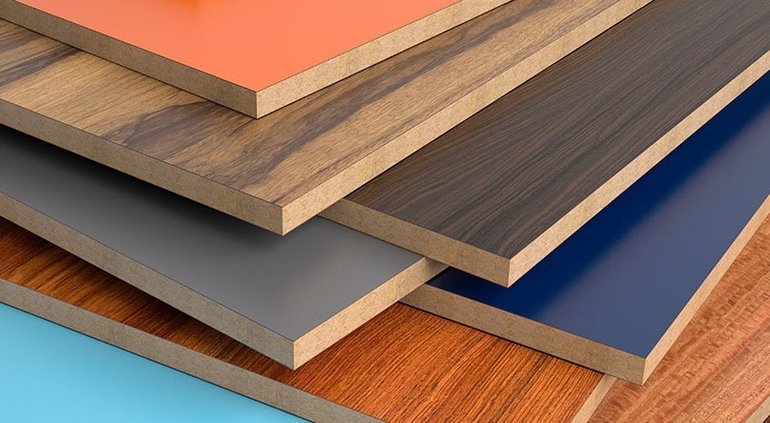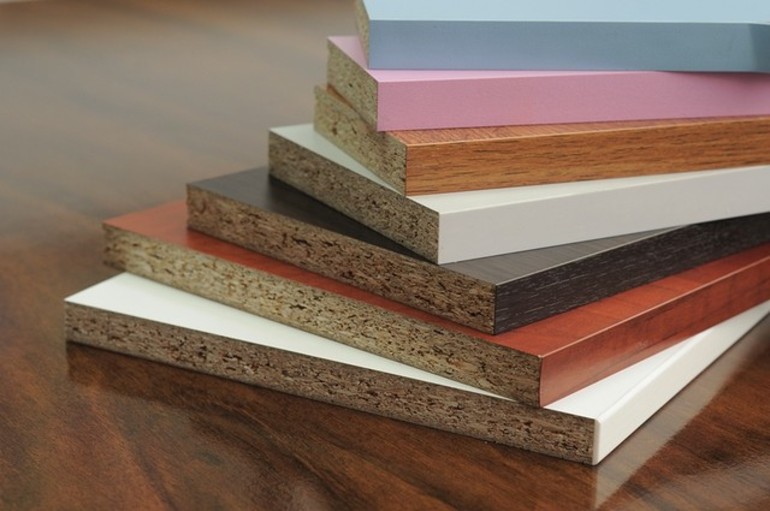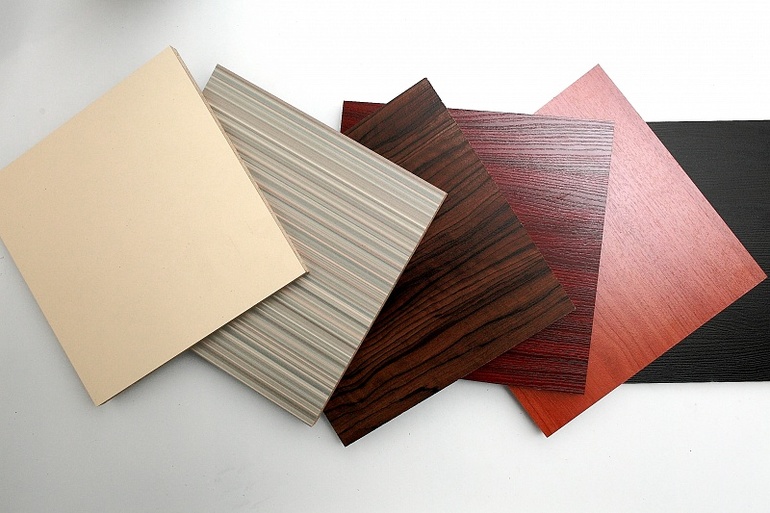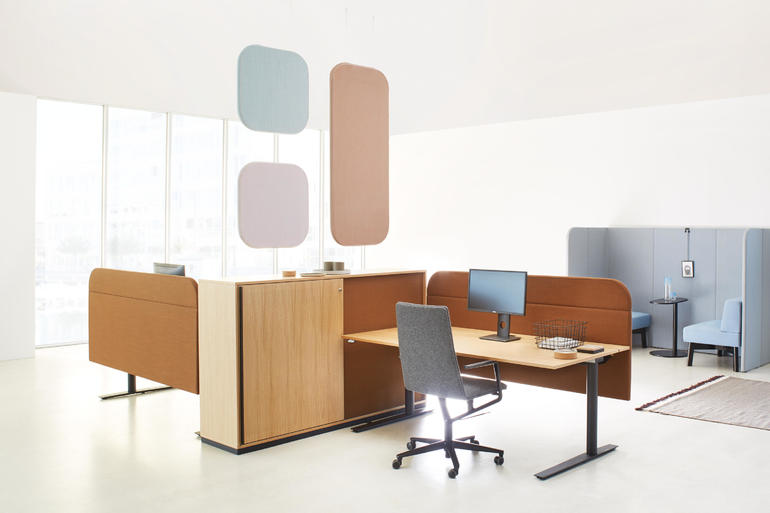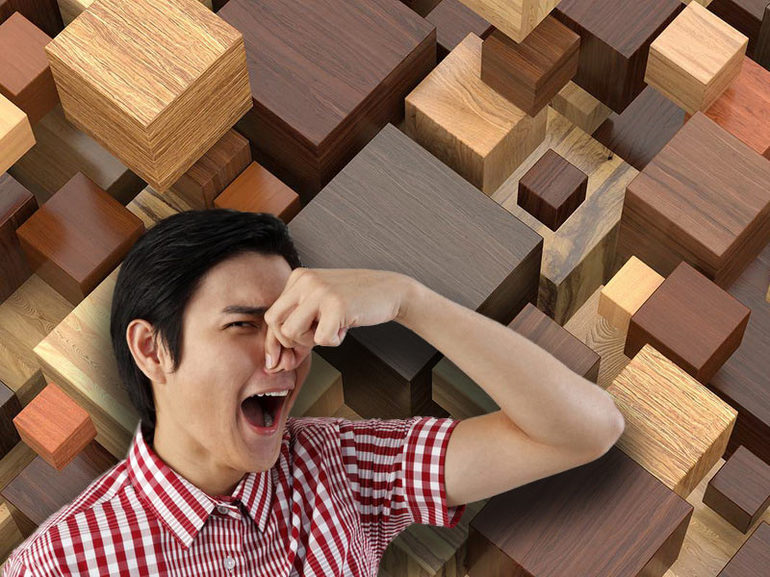Is chipboard harmful to human health
More and more people are trying to lead a healthy and safe lifestyle, choosing high-quality products and materials. But not everyone knows whether chipboard (laminated boards) is harmful to health and what the properties of this material really are, because due to its composition it is classified as unreliable and of poor quality. Therefore, before purchasing such plates, it is advisable to think about the correctness of your choice.
Features and characteristics of chipboard
Chipboard is a material consisting of thermosetting resin and sawdust. The raw material goes through several procedures, as a result of which it is compressed using the hot method under high pressure. After the mass is completely cooled and solidifies. As a result, the resulting product is divided into plates. Some are finished using various methods to reduce health damage. LDSP belongs to this category.
Particleboard by density can have several varieties:
- Extremely used for the production of noise and heat insulation, cabinet furniture. The indicator is 350-450 kg / m. cube
- Small ones. Used for rough coatings and building repairs, as well as for facades in a frame way. The indicator varies between 450-650 kg / m. cube
- Dimensions of the average level are 650-750.
- But a high degree can reach a density of 800 kg / m. cube It is used for the manufacture of large-format furniture, as well as for foundation and facade manipulations.
Depending on the purpose, the structure of the chipboard can be diverse. Plates can be single-layer or multi-layer. The material also has a difference in moisture resistance:
- Ordinary are able to withstand air humidity of 30-50%.
- Moisture resistant. They contain paraffin or polymer additives. Thanks to this, you can use the stove with an air humidity of 80%.
Labeling of chipboard is made depending on the grade and processing that the material has passed. The first category includes material that meets the requirements for loads, stability and quality of raw materials. But the second class includes products with the presence of any defects on the front side or with lower quality indicators. Such material is mainly directed to construction needs.

Advantages and disadvantages
Like any material, a laminated chipboard has its pros and cons, from which it can be judged whether chipboard is harmful to human health. The benefits include:
- Low cost.
- Large size range. The length of the material can vary between 1.8 - 5.6 meters, the thickness - 3-40 mm, and the width - from 40 to 250 cm.
- Moisture resistance and shock resistance.
- Ease of processing.
- High flexural and compressive strength. Fasteners hold well in plates.
Material flaws are also present. They indicate the harmfulness of particleboard to health.
The minuses include:
- Release of volatile toxic compounds, such as formaldehyde and the like, over a long period. When their maximum concentration is reached, irreversible consequences can begin in the human body. This may occur in second grade material.
- It is quite difficult to mount hardware for the second time in the stove. This requires the use of plastic epoxy masses or cold welding.
- Almost all manufacturers of edge products do not process. For this reason, furniture belongs to the class of traumatic.
- It is impossible to use curly processing.
In connection with all these nuances, you need to think about whether to purchase furniture and other items from particleboard for yourself and your child. This is especially true for cots and wardrobes.

Material Harmfulness
In terms of environmental friendliness, the supervisory services and the state make high demands on particleboard, chipboard and MDF. This is due to the great demand for coatings and finishing materials. They must be made from formulations, which are not harmful to health and are not harmful.
Particular requirements are imposed on a particle board, since phenol-formaldehyde, urea-formaldehyde and melamine resins are present in them. During operation, toxic substances are released almost constantly.
Formaldehyde is a recognized carcinogen. When it enters the human body in a certain amount, it causes poisoning and disorders, as well as some complex diseases. The main ones are cancer and dermatitis of varying degrees.
But it is worth noting immediately that it is impossible to completely get rid of this dangerous substance. Even in natural wood furniture and other decoration materials, there is a certain percentage of this toxic substance.
Based on European and Russian legislation, the permissible percentage of formaldehyde in the environment for particle boards is determined by the emission class:
- E2 - inclusive up to 30 mg per 100 grams of dry plate.
- E1 - no more than 8 mg of formaldehyde.
Such criteria directly depend on the external processing and quality of the raw materials. By reducing the area of emission, the amount of harm can be significantly reduced. For this purpose, the sheet of the plate is faced on all sides with a laminated film. In this case, the ends should be trimmed with an edge tape.

Plate application
From the plates that belong to the first class, they make furniture for office establishments, residential premises and other similar institutions. For children's rooms and in medicine, material is used that is lined on all sides and has a low level of danger.
The second grade can be used for decorative finishing lining in the process of repair work. If you use it for a different purpose, then you may experience a deterioration in well-being, signs of poisoning, asthmatic syndromes and headaches.
It is worth noting that the manufacturing plants in the assortment have all product classes. But an unscrupulous manufacturer can use raw materials of inappropriate quality for the manufacture of furniture. But just check it out. There are the following methods for this:
- At the outlet you need to ask about the availability of a quality certificate. There is nothing wrong with this, since everyone has the right to worry about his own health and that of his family. On the reverse side of the sanitary-hygienic conclusion must be present indicators of practical and regulatory emissions of formaldehyde, the validity period of the certificate and research.
- After the product is unpacked, it is worth paying special attention to the smell. The "plastic" pungent smell of formaldehyde will testify to the low quality of the material.
- Facets and the entire surface must be inspected. In the event that the edges are not finished, and the film is bubbling, the cladding is most likely home-made. This suggests that in the manufacturing process plates were used that did not comply with regulatory enactments.
Experts claim that the health damage to particleboard is fully proven due to the presence of such a volatile substance as formaldehyde. But this does not mean at all that it is completely necessary to abandon furniture made from such material. To protect yourself and your family, you should responsibly approach the choice of objects.
It is better not to purchase low-quality and cheap products. After all, treatment will cost many times more than quality products.But products that have undergone lamination and other types of processing from all sides are considered completely safe, since the resin will not stand out. The health hazard of the chipboard has not been proven.
- How to choose a vacuum cleaner taking into account the characteristics of the house and coatings?
- What to look for when choosing a water delivery
- How to quickly create comfort at home - tips for housewives
- How to choose the perfect TV - useful tips
- What to look for when choosing blinds
- What should be running shoes?
- What useful things can you buy in a hardware store
- Iphone 11 pro max review
- Than iPhone is better than Android smartphones


